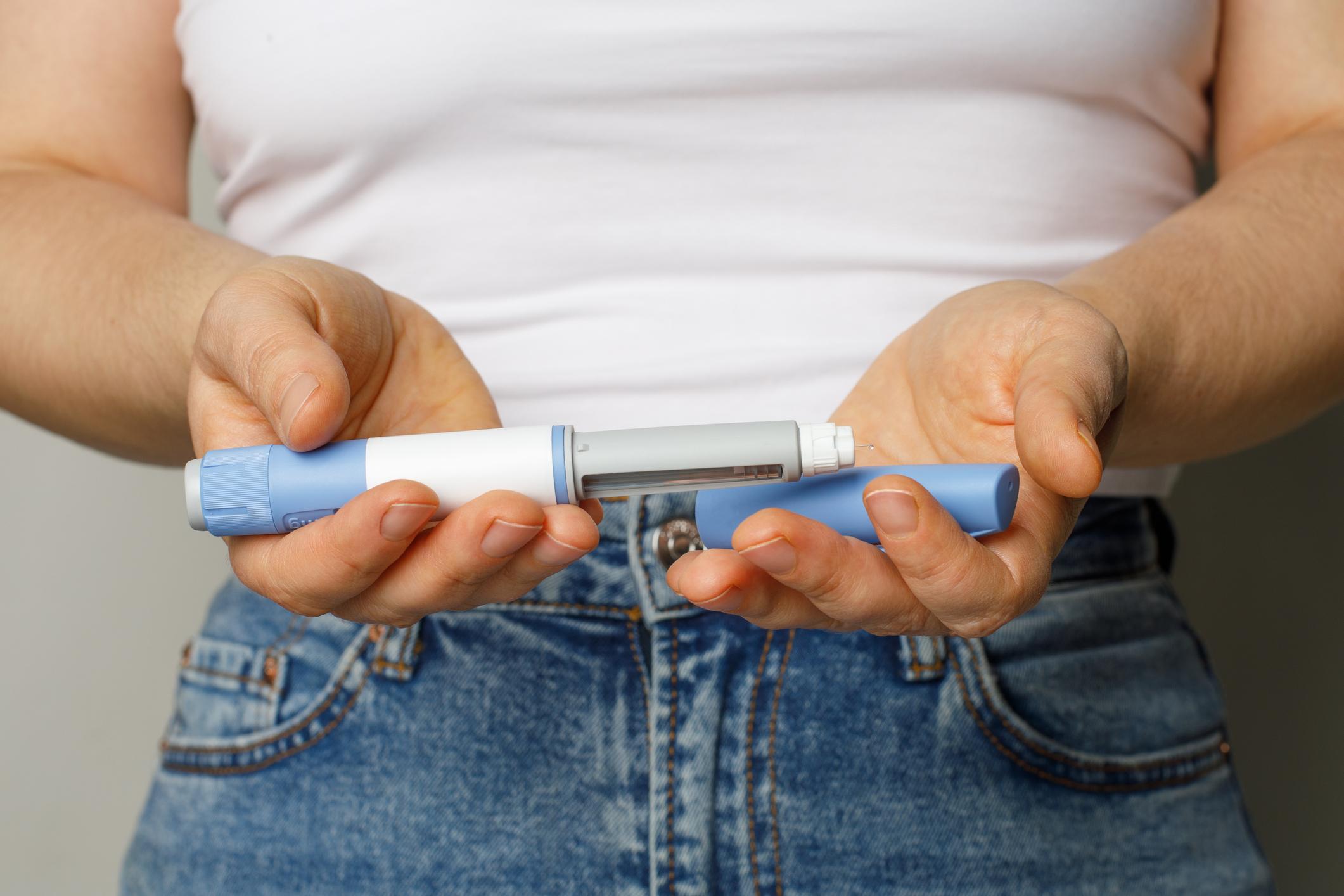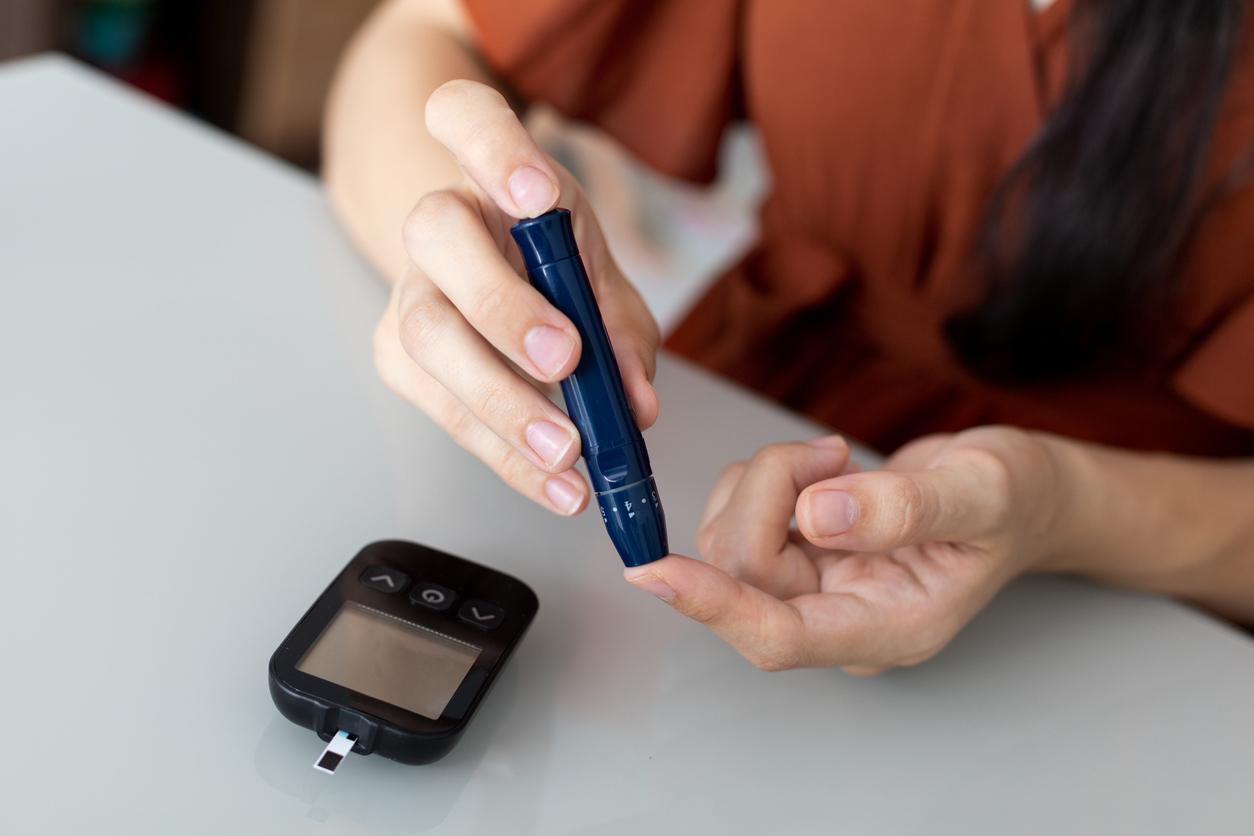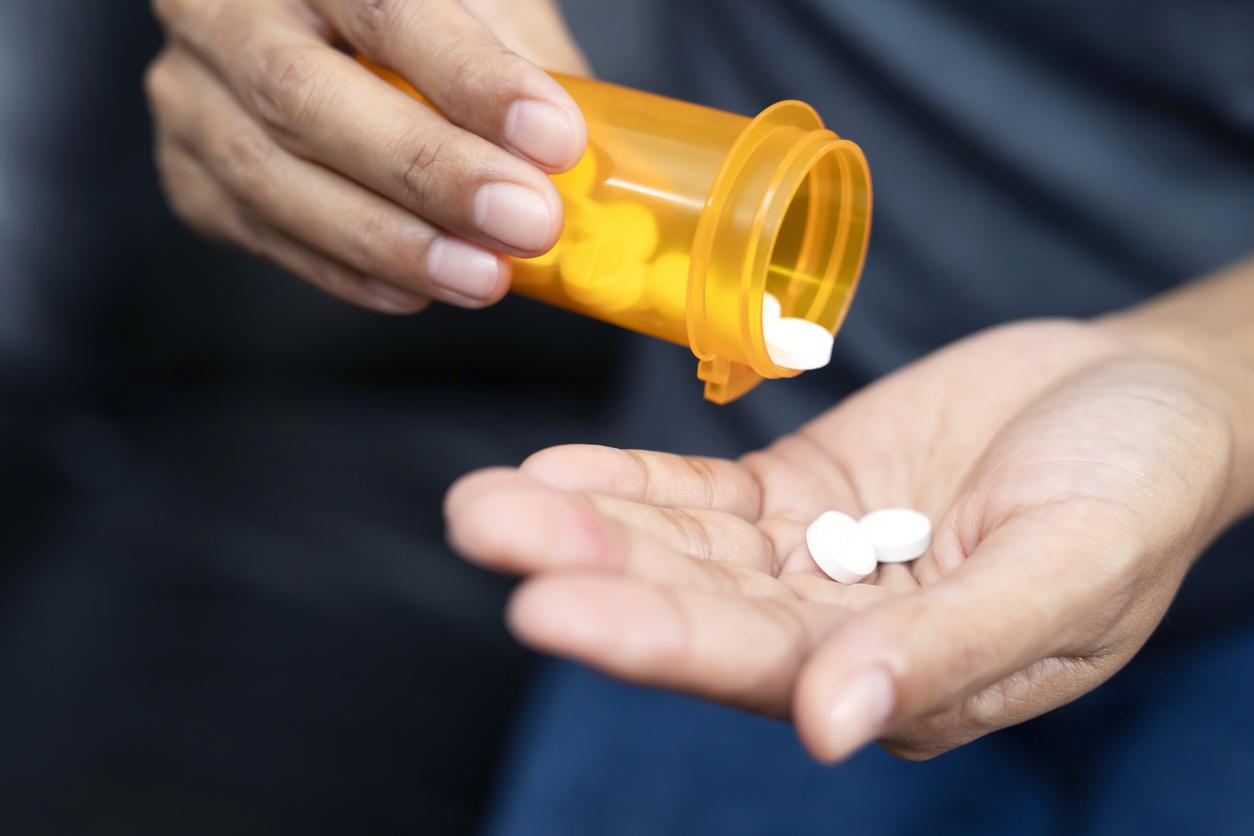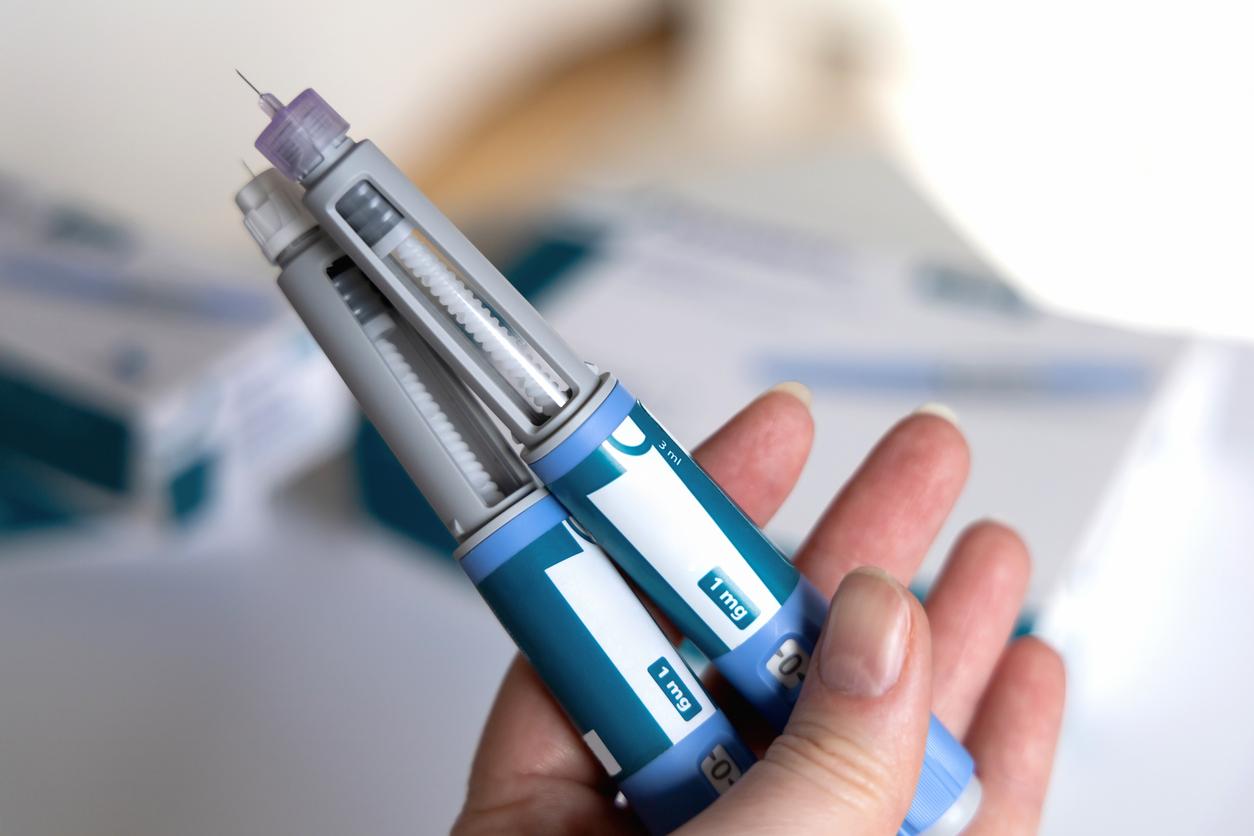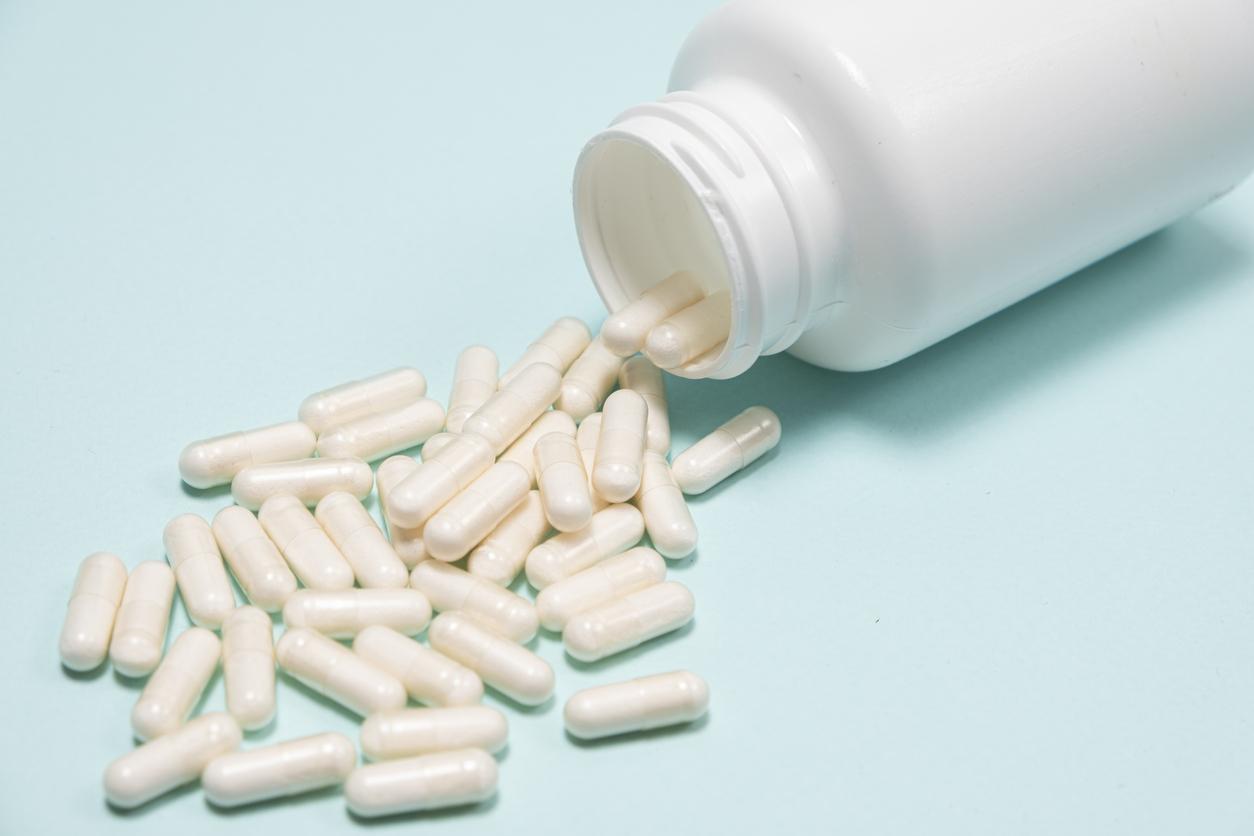People with diabetes, especially type 1, are more likely to suffer from hypoglycemia if they receive too strong a treatment.

According to a study from the Mayo Clinic in Rochester, published in the journal Mayo Clinic Proceedingsmany Americans with diabetes receive too much glucose-lowering therapy, which increases the risk of severe hypoglycemia with abnormally low blood sugar levels.
“Hypoglycemia is one of the most common adverse effects of diabetes treatment, with immediate and long-term health consequences, explains Rozalina McCoy, lead author of the study. Severe hypoglycemia is associated with increased mortality higher and an increased risk of cardiovascular disease, cognitive impairment, falls and fractures”.
Millions of patients would receive inadequate treatment
According to the results of the study, in the United States, people with diabetes often receive treatment that is too intense for what their hemoglobin A1C levels require.
In the cohort of patients studied, these excessively intense hypoglycemic treatments led to 4,774 hospitalizations and 4,804 emergency room visits over a two-year period.
More broadly, researchers have estimated that 10.7 million adults with diabetes have hemoglobin A1C levels within the recommended range (less than 7%). Among them, 22% reach these levels thanks to intense hypoglycemic treatment. This means that 2.3 million people with diabetes received too much treatment between 2011 and 2014.
In France, 5% of the population takes medication for diabetes
“It is necessary to align treatments with the patient’s clinical situation, psychosocial situation and the reality of their daily life to ensure that they are in tune with their goals, preferences and values,” explains McCoy.
“It’s also important first of all to make sure that we don’t under-treat our patients with diabetes but also to make sure that we don’t over-treat them because both under-treatment and over-treatment are bad for you. their health,” she continues.
In France, in 2016, 3.3 million people were pharmacologically treated for diabetes, or 5% of the population, according to figures from Public Health France.

.







